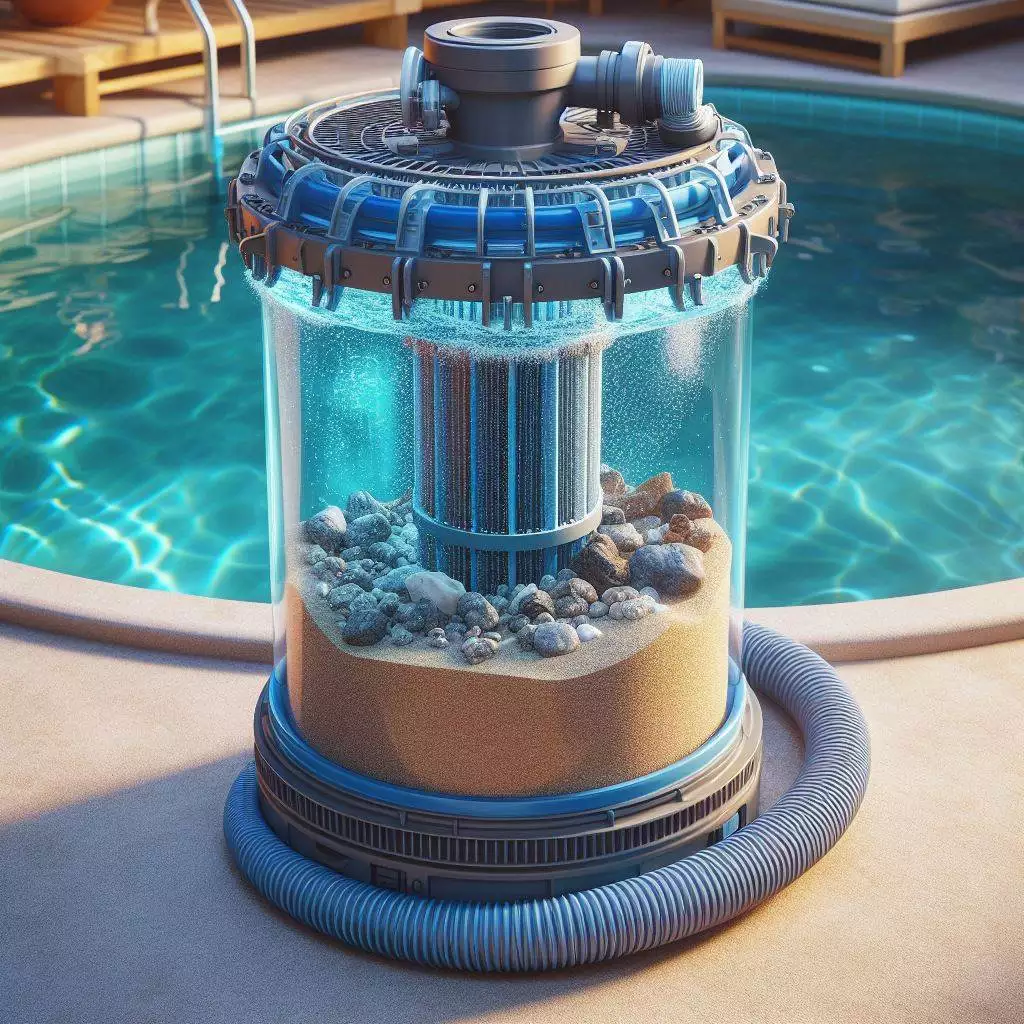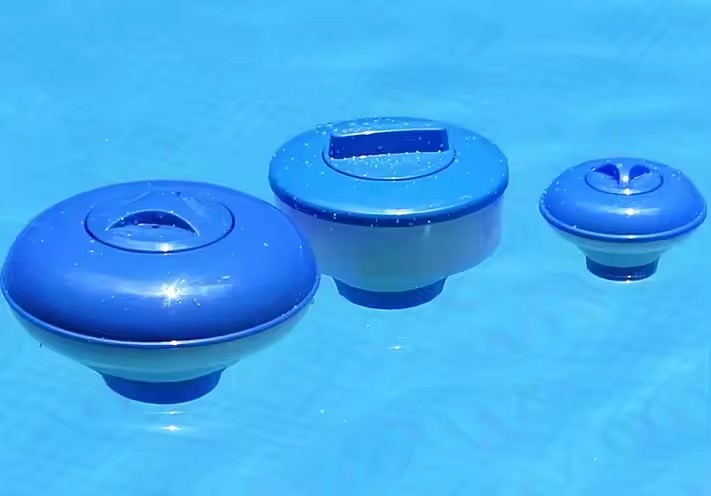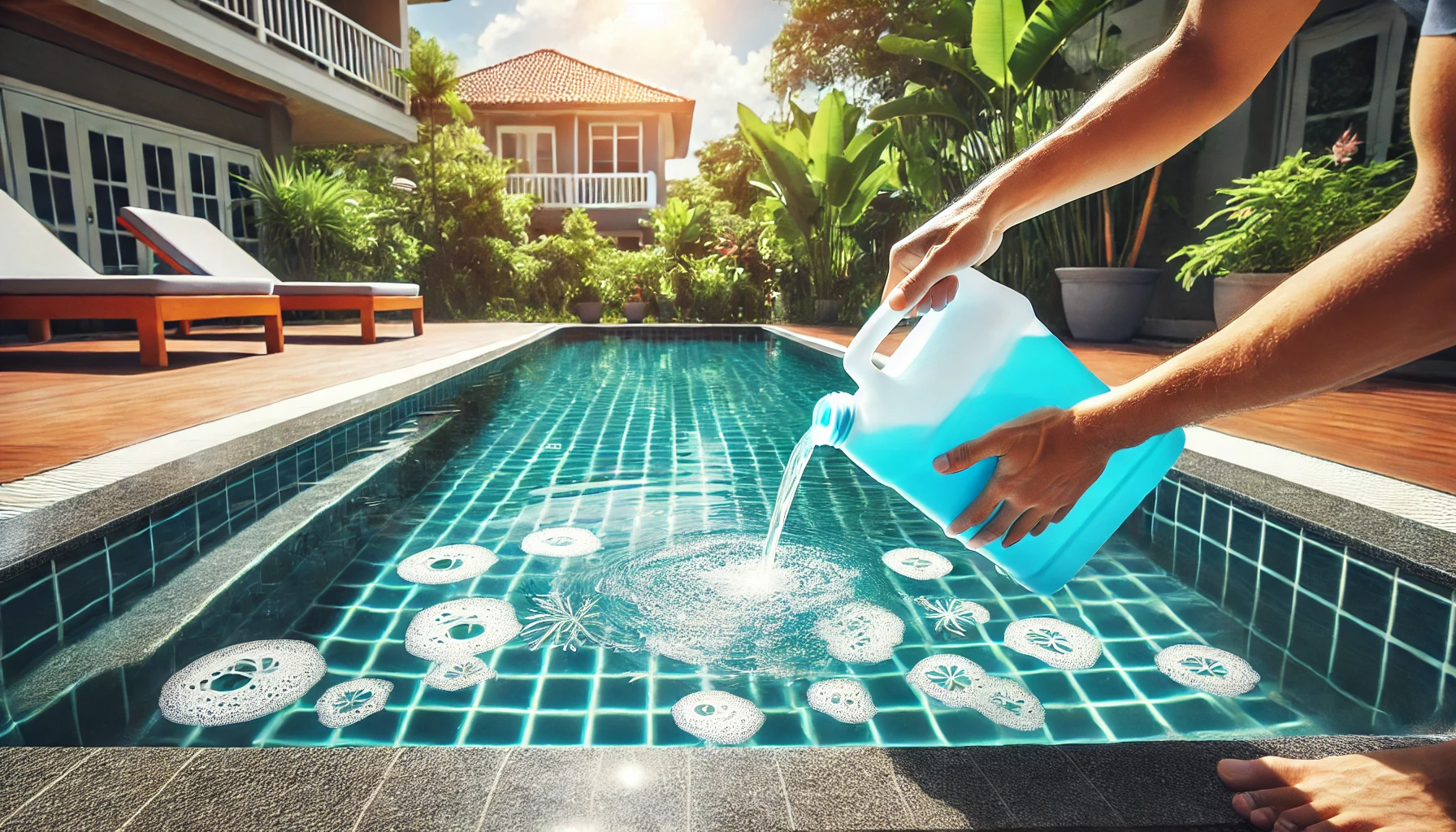Swimming pools are quintessential to leisure, fitness, and fun. Yet, the clarity and cleanliness of pool water hinge significantly on the efficiency of its filtration system. Among the various types of pool filters, sand filters stand out for their simplicity, effectiveness, and ease of maintenance. However, like all mechanical systems, sand filters are not immune to performance issues, with a noticeable decrease in filtration rate being a common concern. This article delves into the intricacies of why sand filters may experience a drop in filtration efficiency and offers robust solutions to mitigate these challenges.
Understanding Sand Filters
Before addressing the causes and solutions, it’s crucial to understand how sand filters work. Sand filters clean pool water by passing it through a bed of sand where debris and contaminants are trapped. Over time, the accumulation of trapped material can impact the filter’s performance. The key to maintaining optimal functionality lies in regular maintenance and understanding the factors that can reduce a filter’s efficiency.
Causes of Decreased Filtration Rates
Clogged Filter Media: The most common cause of reduced filtration rate is the clogging of the sand media. Oils, lotions, and large debris can create layers of gunk on the sand, reducing water flow and filtration efficiency.
Channeling: This occurs when water carves narrow pathways through the sand, bypassing large sections of the filter media. Channeling reduces the effective filtering area, diminishing the filter’s ability to clean the pool water.
Incorrect Sand Grade or Size: Using sand that is too fine or too coarse can adversely affect the filtration process. The right sand size ensures optimal water flow and filtration efficiency.
Chemical Imbalance: High levels of pH, calcium hardness, and other chemical imbalances in pool water can lead to scaling or the formation of a gelatinous layer on the sand, hampering water flow.
Backwashing Frequency and Technique: Improper backwashing can lead to compacted sand or uneven sand levels, affecting the filter’s performance.

Solutions to Enhance Filtration Efficiency
Regular Cleaning and Maintenance: The first step in addressing decreased filtration rates is to ensure regular cleaning and maintenance of the sand filter. This includes backwashing the filter when the pressure gauge indicates a rise in pressure of 7-10 psi above normal operating levels.
Replacing the Sand Media: Over time, sand loses its roughness and becomes smooth, diminishing its ability to trap debris. Replacing the sand every 5-7 years, or as needed, can restore filtration efficiency.
Addressing Channeling: To prevent channeling, ensure even water distribution across the filter and avoid high flow rates that can disturb the sand bed. Regular backwashing and ensuring the filter is correctly sized for your pool can also mitigate this issue.
Using the Correct Sand Grade: Consult your filter’s manufacturer to determine the correct sand grade for your system. Typically, #20 silica sand is recommended for most residential pool sand filters.
Chemical Management: Regularly test your pool water and adjust chemicals to maintain proper balance. Use a metal sequestrant if high levels of metals are present, which can contribute to scaling and clogging.
Proper Backwashing Technique: Backwash only when necessary and ensure to follow the manufacturer’s guidelines on the procedure. After backwashing, always rinse the filter to settle the sand bed evenly before returning the filter to normal operation.
Use of Filter Aids: Consider using a filter aid, which can enhance the filtering capacity of the sand. Filter aids can help trap finer particles that may pass through the sand.
Professional Inspection: If filtration issues persist, consulting with a pool professional can provide insights into potential mechanical failures or the need for system upgrades.
Conclusion
A decrease in filtration rate in sand filters can stem from various causes, each impacting the clarity and safety of your pool water. By understanding these causes and implementing the solutions outlined, pool owners can ensure their sand filters operate at peak efficiency. Regular maintenance, coupled with a proactive approach to chemical balance and filter care, can prolong the lifespan of your filter and ensure your pool remains a pristine oasis for enjoyment.


